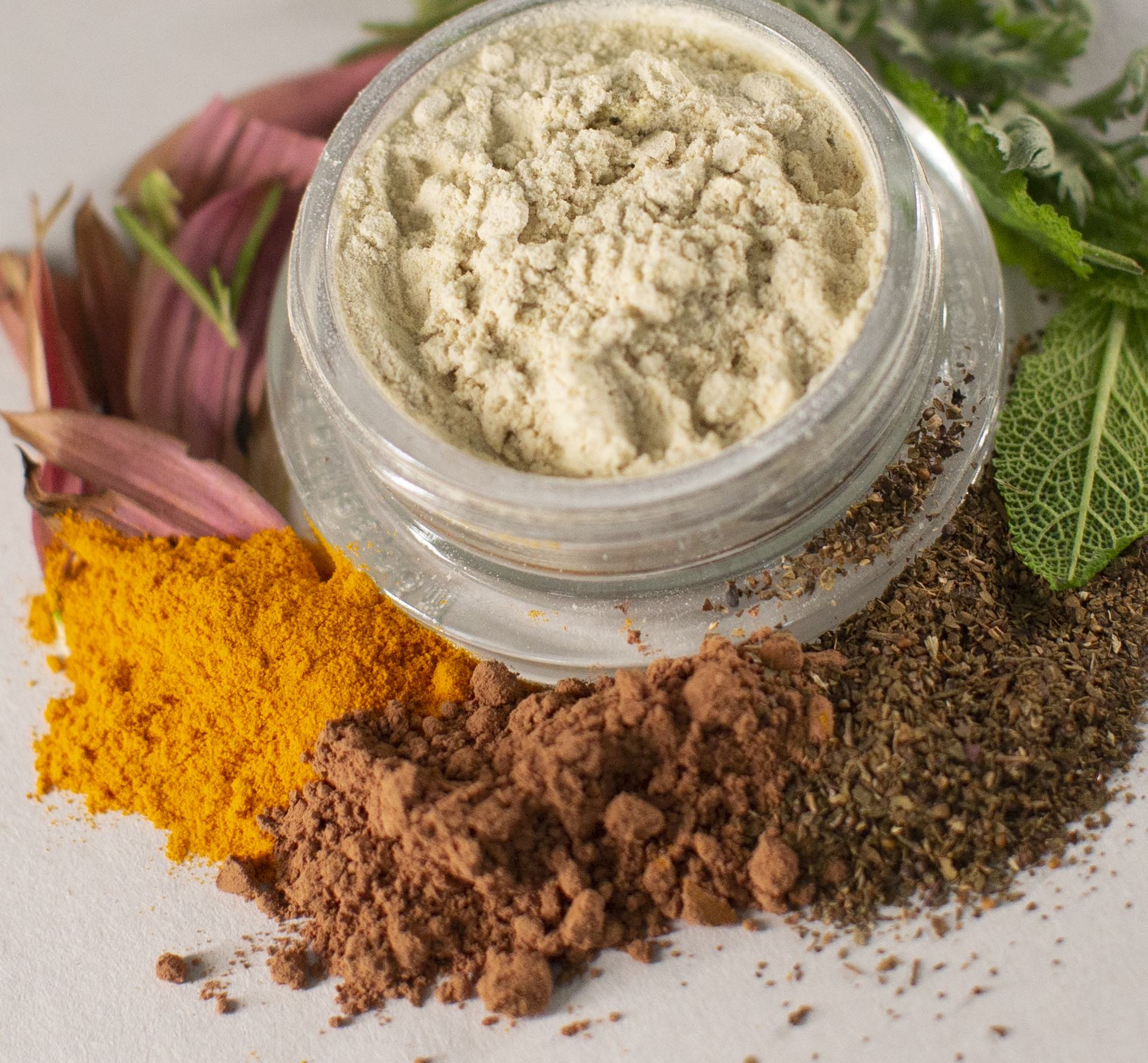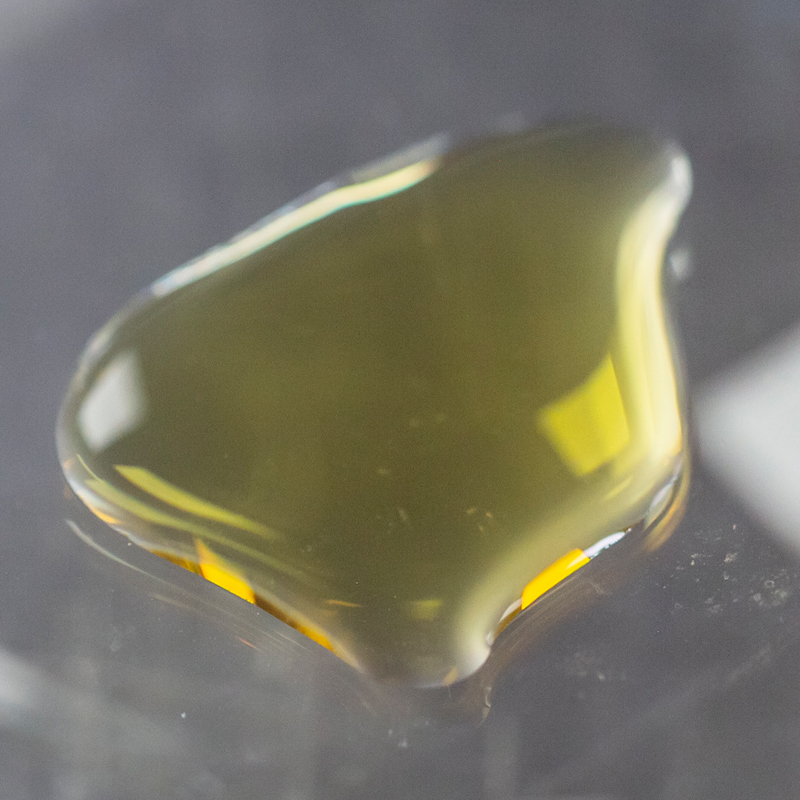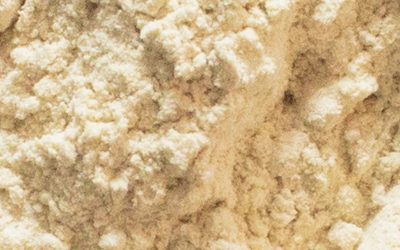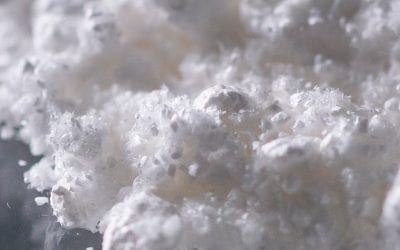The Benefits of CBDV:
What is CBDV?
CBDV, or Cannabidivarin, is a minor cannabinoid that is naturally produced by hemp plants. CBDV is structurally very similar to cannabidiol (CBD), but has a few different properties.
What is CBDV good for?
Like most cannabinoids, CBDV did not become a research focus until very recently. As of today, research findings on CBDV are relatively limited. Nonetheless, these few studies have produced positive results and show the potential therapeutic potential of this minor cannabinoid.
CBDV Oil vs Isolates:
In the studies listed above, CBDV is consistently described as a well-tolerated, non-psychoactive cannabinoid. As such, it can comfortably work into many different product formulations and consumed at any point throughout the day.
Low levels of CBDV can be found in hemp plants and full spectrum oils or distillates. Thanks to extensive research and method development, processors have identified ways to isolate CBDV. Our CBDV isolate has purity in excess of 99% and is a tremendous supplemental ingredient to support the entourage effect in your cannabinoid formulations. You can buy CBDV isolate with OBX.
The Benefits of CBDV:

What is CBDV?
CBDV, or Cannabidivarin, is a minor cannabinoid that is naturally produced by hemp plants. CBDV is structurally very similar to cannabidiol (CBD), but has a few different properties. Recently, scientists have identified CBDV as a potential treatment for epilepsy, inflammation, and neurological issues.
What is CBDV good for?
Like most cannabinoids, CBDV did not become a research focus until very recently. As of today, research findings on CBDV are relatively limited. Nonetheless, these few studies have produced positive results and show the potential therapeutic potential of this minor cannabinoid.
Potential uses of CBDV that are currently under investigation are listed below:
Epilepsy:
One of the most promising medical uses for CBDV is in the management of epilepsy and seizures. In 2012, British scientists observed that CBDV functioned as an anticonvulsant in mice and rats.(1) A few years later, scientists noted that the endocannabinoid system played a key role in human seizures, and called for further research to be conducted on cannabinoids.(2)
Research on humans who had self administered cannabinoids supported this notion, revealing a link between CBDV, fewer seizures, and improved cognitive recovery.(3) However, phase II trials on CBDV for epilepsy have produced confusing results; In a placebo controlled study, patients supplementing with CBDV exhibited a 40% decrease in seizure frequency. Surprisingly, the placebo group exhibited a similar decrease in seizure frequency,(4) calling the design of the trail into question. So for now, CBDV must remain a promising anti-epileptic rather than a proven treatment.
Autism Spectrum Disorder:
Another promising application of CBDV is in the management of autism spectrum disorder. In early 2019, an animal study showed that CBDV reduced autism-like behavior in rats by restoring brain function to fix social impairments, short-term memory deficits, repetitive behaviors and more. (5)
Later that year, a study on a small group of humans supported the notion that CBDV could protect brain function to ameliorate symptoms of autism spectrum disorder.(6) While research on larger groups of humans is necessary, these early results are very promising.
Ulcerative Colitis:
Another 2019 study observed that CBDV reduced intestinal inflammation in animals and lessened cytokine expression in biopsied human tissue. Together these facts suggested that CBDV could effectively treat ulcerative colitis (UC). Given CBDV’s favorable safety profile, the authors of the study argued that the cannabinoid should be considered for clinical trials in patients with UC.(7)
Brain Disease:
Preliminary research suggests that CBDV could protect against a range of neurological issues. A 2018 animal study found that CBDV countered the neurodegenerative symptoms of Retts disease.(8) Another animal study from 2019 found that the cannabinoid rescued cognitive deficits and delayed neurological and motor defects in diseased mice.(9)
CBDV Oil vs Isolates:
In the studies listed above, CBDV is consistently described as a well-tolerated, non-psychoactive cannabinoid. As such, it can comfortably work into many different product formulations and consumed at any point throughout the day.
Low levels of CBDV can be found in hemp plants and full spectrum oils or distillates. Thanks to extensive research and method development, processors have identified ways to isolate CBDV. Our CBDV isolate has purity in excess of 99% and is a tremendous supplemental ingredient to support the entourage effect in your cannabinoid formulations. You can buy CBDV isolate with OBX.
References
1) Hill AJ, Mercier MS, Hill TD, Glyn SE, Jones NA, Yamasaki Y, et al. Cannabidivarin is anti-convulsant in mouse and rat. Br J Pharmacol. 2012;167:1629–42.
2) Alger BE. Seizing an opportunity for the endocannabinoid system. Epilepsy Curr. 2014;14:272–6.
3) Morano A, Cifelli P, Nencini P, et al. Cannabis in epilepsy: From clinical practice to basic research focusing on the possible role of cannabidivarin. Epilepsia Open. 2016;1(3-4):145-151.
4) GW Research Ltd. A study of GWP42006 in people with focal seizures – part B. ClinicalTrial.gov Identifier: NCT02365610. Available from: https://clinicaltrials.gov/ct2/show/NCT02365610?term=cannabidivarin&draw=2&rank=6.
5) Zamberletti E, Gabaglio M, Woolley-Roberts M, Bingham S, Rubino T, Parolaro D. Cannabidivarin Treatment Ameliorates Autism-Like Behaviors and Restores Hippocampal Endocannabinoid System and Glia Alterations Induced by Prenatal Valproic Acid Exposure in Rats. Front Cell Neurosci. 2019 Aug 9;13:367.
6) Pretzsch CM, Voinescu B, Lythgoe D, et al. Effects of cannabidivarin (CBDV) on brain excitation and inhibition systems in adults with and without Autism Spectrum Disorder (ASD): a single dose trial during magnetic resonance spectroscopy. Transl Psychiatry. 2019;9(1):313.
7) Pagano E, Romano B, Iannotti FA, et al. The non-euphoric phytocannabinoid cannabidivarin counteracts intestinal inflammation in mice and cytokine expression in biopsies from UC pediatric patients. Pharmacol Res. 2019;149:104464.
8) Vigli D, Cosentino L, Raggi C, Laviola G, Woolley-Roberts M, De Filippis B. Chronic treatment with the phytocannabinoid Cannabidivarin (CBDV) rescues behavioural alterations and brain atrophy in a mouse model of Rett syndrome. Neuropharmacology. 2018 Sep 15;140:121-129.
9) Zamberletti E, Gabaglio M, Piscitelli F, Brodie JS, Woolley-Roberts M, Barbiero I, Tramarin M, Binelli G, Landsberger N, Kilstrup-Nielsen C, Rubino T, Di Marzo V, Parolaro D. Cannabidivarin completely rescues cognitive deficits and delays neurological and motor defects in male Mecp2 mutant mice. J Psychopharmacol. 2019 Jul;33(7):894-907.




